Strasbourg’s captivating history and architectural grandeur come alive on a private guided walking tour. Visitors exploring the UNESCO-protected Grande Île, the city’s historic heart, are treated to a glimpse of its Roman roots, medieval charm, and role in the Protestant Reformation. As they admire the iconic Strasbourg Cathedral and winding cobblestone streets, they’ll uncover the city’s transformation from a frontier post to a vibrant European center. With a knowledgeable guide leading the way, travelers can enjoy Strasbourg’s storied past and discover its modern attractions, setting the stage for an unforgettable experience.
Key Points
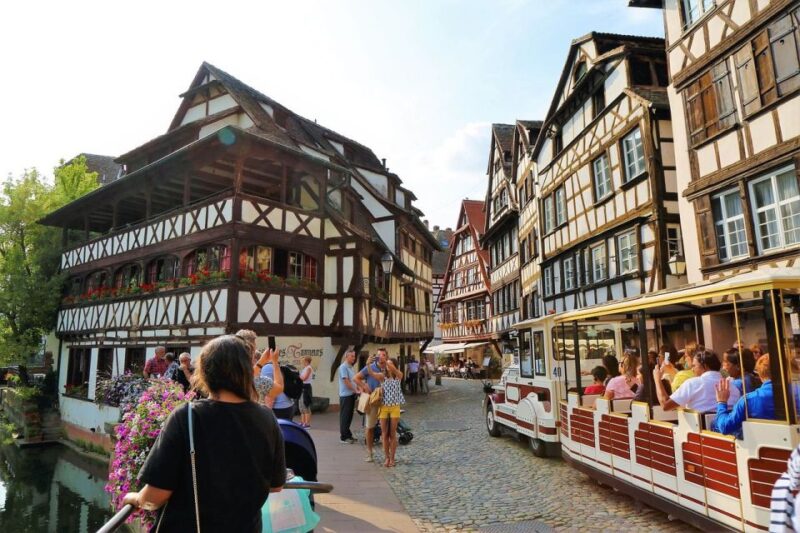
- Explore the well-preserved medieval and Renaissance architecture of Strasbourg’s historic center, a UNESCO World Heritage Site.
- Visit the iconic Strasbourg Cathedral and learn about its Gothic design and the city’s religious history.
- Discover the Roman military camp of Argentoratum and gain insights into the daily life of Roman soldiers.
- Understand the strategic importance of Strasbourg and its role in the Franco-Prussian War and World Wars.
- Experience the blending of French and German influences in Strasbourg’s culture, architecture, and modern attractions.
Roman Camp of Argentoratum
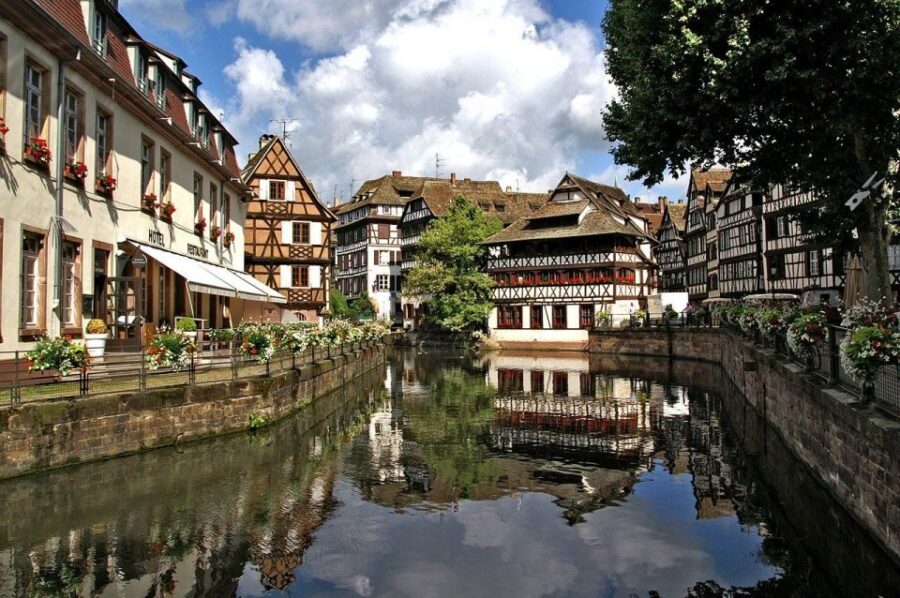
The Roman camp of Argentoratum, located within the heart of Strasbourg, provides a glimpse into the city’s ancient legacy as a former settlement of the Roman Empire.
During the walking tour, visitors will discover the remnants of this military camp, which was established in the 1st century AD to serve as a strategic outpost along the Rhine River.
The guide will share insights into the daily life and operations of the Roman soldiers stationed here, shedding light on Strasbourg’s formative years as a Roman municipality.
Exploring these archaeological ruins offers a tangible connection to the city’s distant past, allowing participants to envision Strasbourg’s transformation from a frontier post to a thriving European center.
You can also read our reviews of more tours and experiences in Bas Rhin.
Bishops of Strasbourg
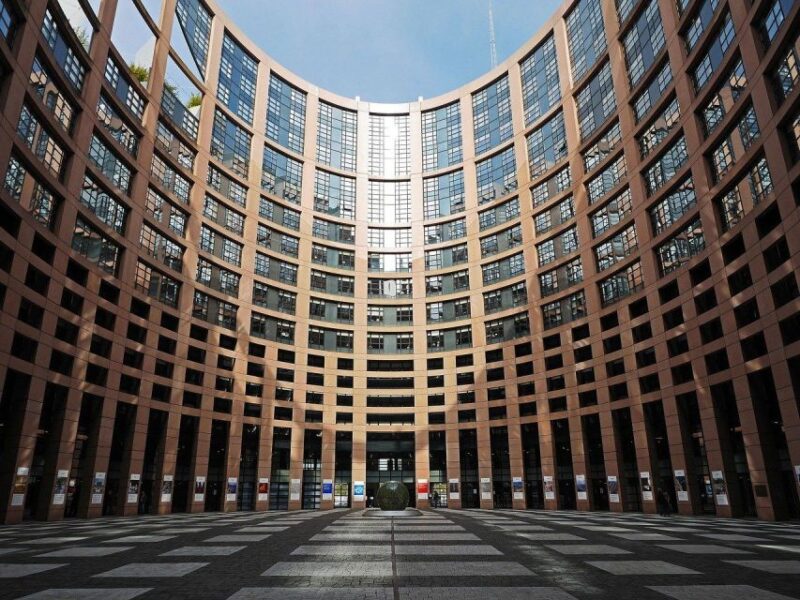
Moving from the city’s Roman origins, the influential Bishops of Strasbourg have long shaped the region’s religious and political landscape.
For centuries, these powerful ecclesiastical leaders wielded significant authority, overseeing the city’s Catholic diocese and often serving as influential figures in European affairs.
From the Middle Ages through the Protestant Reformation, the Bishops of Strasbourg played a crucial role in the city’s evolution, navigating complex theological and political currents.
They commissioned the construction of the iconic Strasbourg Cathedral, a remarkable Gothic masterpiece that remains a centerpiece of the city’s historic skyline.
The Bishops’ legacy is woven into the very fabric of Strasbourg, a testament to their enduring influence on the region’s history and culture.
Franco-Prussian War History
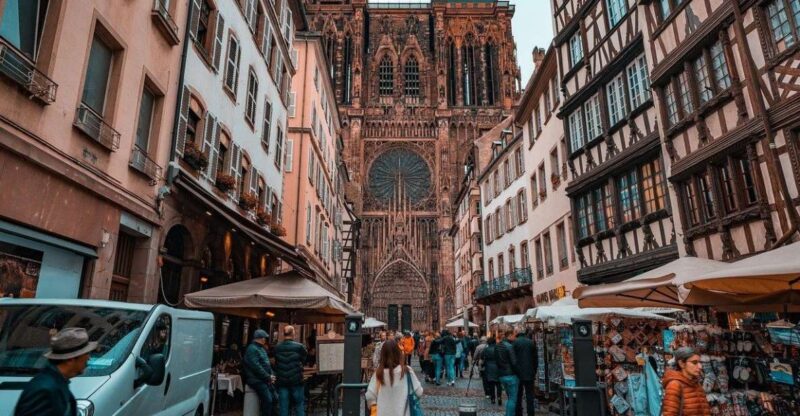
Strasbourg’s involvement in the Franco-Prussian War of 1870-1871 underscores its strategic importance during a tumultuous period in European history. The city’s location on the border between France and the emerging German empire made it a hotly contested battleground, with both sides vying for control of this vital regional center.
| Key Events | Outcome |
|---|---|
| Siege of Strasbourg | City surrendered after a brutal bombardment |
| Annexation by Germany | Strasbourg became part of the German Empire |
| Reclamation by France | Strasbourg was returned to France after WWI |
| Reoccupation by Germany | Strasbourg was annexed again during WWII |
This complex history reflects Strasbourg’s role as a cultural and political crossroads, shaped by the shifting tides of European power.
Medieval Charm of Strasbourg
How can one not be captivated by Strasbourg’s enduring medieval charm, with its quaint half-timbered houses, winding cobblestone streets, and towering Gothic cathedral that has graced the city skyline for centuries?
Walking through the UNESCO-protected Grande Île, Strasbourg’s historic center, is like stepping back in time.
Visitors can admire the intricate sculptural details adorning the Cathedral of Notre-Dame, whose construction began in the 11th century.
Nearby, the Maison Kammerzell, a well-preserved 15th-century guild house, showcases the region’s traditional half-timbered architecture.
Exploring Strasbourg’s medieval core, one is struck by the city’s enduring ability to seamlessly blend its storied past with a vibrant present, creating a truly captivating blend of old and new.
More Great Thing To Do NearbyProtestant Reformation Influence
Strasbourg’s strategic location at the crossroads of Europe made it a prominent site for the Protestant Reformation, as the city became a center of theological discourse and religious conflict during the 16th century.
The influential Bishop of Strasbourg, Guillaume Briçonnet, initially supported the reformist ideas of Martin Luther, leading to the city’s adoption of Protestantism. This shift in religious allegiance resulted in a power struggle between Catholic and Protestant factions, with Strasbourg becoming a refuge for Reformist thinkers and a stronghold of the Protestant cause.
The religious tensions shaped the city’s architecture, with the construction of impressive churches and cathedrals reflecting the theological divisions of the era.
UNESCO ‘World Heritage Site’
The UNESCO ‘World Heritage Site’ known as the Grande Ile, the city’s historic center, showcases Strasbourg’s remarkable architectural and cultural heritage.
This charming island on the Ill River is home to stunning medieval and Renaissance buildings, including the iconic Strasbourg Cathedral. Visitors can wander through the winding cobblestone streets, admiring the half-timbered houses and quaint shops.
The area’s harmonious blend of French and German influences reflects Strasbourg’s unique position as a crossroads of Europe. Exploring the Grande Ile provides a captivating glimpse into the city’s vibrant past and its enduring status as a hub of European culture and history.
Modern Attractions and Buildings
Alongside its medieval charm, Strasbourg’s cityscape showcases a blend of modern attractions and buildings that complement the historic architecture. Visitors will find sleek contemporary structures standing alongside centuries-old cathedrals and cobblestone streets.
The European Parliament building, for instance, embodies Strasbourg’s role as the official seat of the European Union. Other noteworthy modern landmarks include the Musée d’Art Moderne et Contemporain, a cutting-edge art museum housed in a striking glass-and-steel building.
Plus, the city’s public squares and pedestrian areas have been thoughtfully designed to integrate modern amenities while preserving the city’s timeless ambiance. This intriguing juxtaposition of old and new makes Strasbourg a unique and captivating destination.
Tour Customization and Inclusions
The guided tour’s customizability allows visitors to tailor their Strasbourg experience, as the local guide can adapt the itinerary to match their interests and needs. This personalized approach enables travelers to delve deeper into the city’s history, culture, and attractions. The tour includes a local guide who will accompany the group, and the possibility to customize the tour with the guide. Plus, the tour covers entrance fees and gratuities, ensuring a seamless experience. However, the tour is not suitable for those with mobility impairments. The following table outlines the key inclusions and exclusions of the Strasbourg Private Guided Walking Tour:
| Inclusions | Exclusions |
|---|---|
| Local guide | Not suitable for people with mobility impairments |
| Customizable tour | – |
| Entrance fees | – |
| Gratuities | – |
Frequently Asked Questions
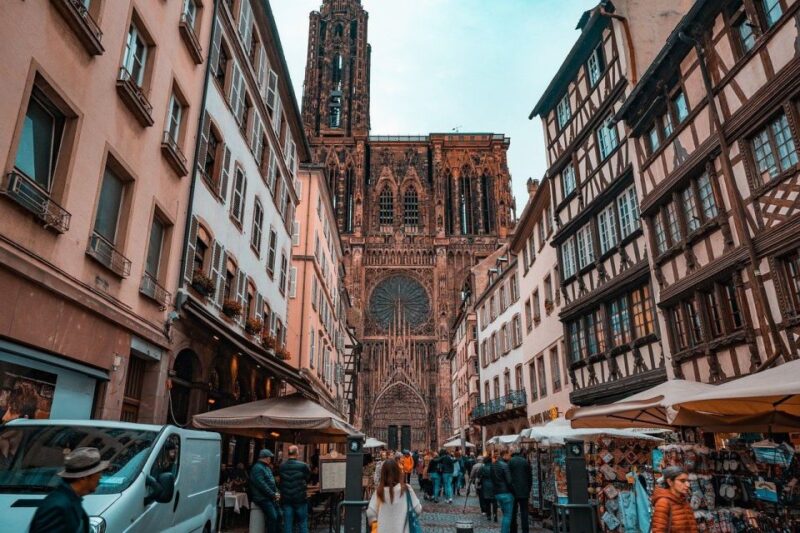
Is the Tour Suitable for Children?
The tour may not be suitable for young children, as it focuses on the city’s history and architecture, which may not hold their interest. However, older children interested in learning about European history could potentially enjoy the tour.
Can We Stop for a Meal During the Tour?
Yes, participants can typically stop for a meal during the tour. Many guided walking tours allow for flexibility to accommodate participants’ needs, including breaks for food and refreshments. The local guide can often recommend suitable dining options along the route.
Are There Any Restroom Breaks Planned?
The tour itinerary includes scheduled restroom breaks to ensure guests’ comfort and convenience during the walking tour. The local guide will coordinate these breaks at appropriate times throughout the 2-hour duration of the excursion.
Can We Take Photos During the Tour?
Yes, guests are typically allowed to take photos during the tour. However, it’s important to be respectful and avoid disrupting the guide or blocking other participants’ views. Check with the tour provider for any specific photography guidelines.
Is the Tour Wheelchair Accessible?
Unfortunately, the tour is not wheelchair accessible as it mentions it is not suitable for people with mobility impairments. The walking tour covers a medieval historic district which may have uneven surfaces and steps, making it inaccessible for wheelchair users.
Recap
The Strasbourg Private Guided Walking Tour offers visitors a comprehensive exploration of the city’s rich history, architectural wonders, and enduring cultural significance.
From its Roman roots to its role in the Protestant Reformation, the tour immerses guests in Strasbourg’s medieval charm while also showcasing its modern attractions.
With customizable options, the walking tour provides an informative and captivating look at this UNESCO World Heritage Site, highlighting its enduring importance as a European crossroads.
You can check if your dates are available here: